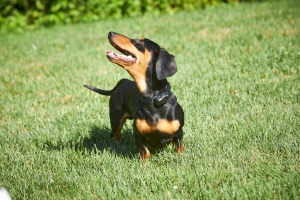Dog fences and e-collars fulfill distinct roles in pet containment and training. While e-collars are predominantly used for remote training and behavior modification, controlled by owners or trainers through a handheld device, dog fences serve the purpose of creating a confined area for pets, managed by the pets themselves rather than human intervention. This differentiation is pivotal in the formulation of legislation and regulations concerning pet containment practices.
Dog fences employ a system where pets are alerted with a warning “beep” upon approaching the boundary, followed by an auditory warning to guide them away from the avoidance zone. This methodology facilitates the pet’s learning process, enabling them to grasp the boundaries of their designated area effectively.
Community Support and Recognition
The widespread acceptance and endorsement of dog fences by communities, veterinarians, and pet behavior specialists underscore their efficacy and alignment with humane practices. This broad consensus emphasises the positive impact of dog fences on pet safety and behavior, further justifying their exclusion from e-collar bans.
Conclusion:
In summary, dog fences stand as a legal and humane method for pet containment. Their distinct functionality, coupled with extensive community support, warrants their exemption from e-collar bans. Dog fences not only ensure pet safety but also promote responsible pet ownership, making them a valuable asset in modern pet containment practices.




